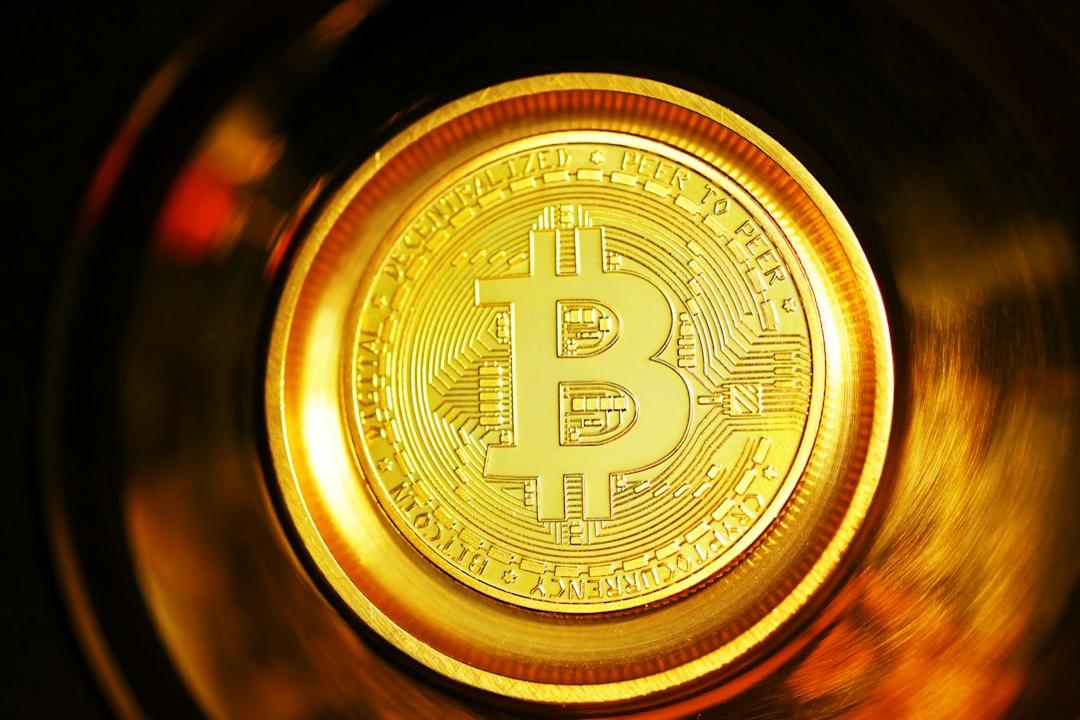In a period of intense geopolitical and macroeconomic turmoil, will Bitcoin be a more valuable asset than real estate? This article, written by Leon Wankum and compiled, translated, and written by Block Unicorn, explores this question.
Table of Contents:
Destruction of War and Wealth
Physical and Digital Value Storage
Digitization
Asset Confiscation
Macroeconomic Changes
Bitcoin vs Real Estate
Absolute Scarcity
Conclusion
We live in a highly digitized world, yet most people still use physical goods to store value. The most commonly used means of value storage in the world is real estate. According to statistics, approximately 67% of global wealth is held in real estate. However, recent macroeconomic and geopolitical headwinds have highlighted the weaknesses of real estate as a physical value storage method. What happens in the event of a war? What happens if the houses used as a store of value are destroyed?
In German, real estate is translated as “Immobilie,” which literally means “immovable.” Owning real estate creates a dependence on the local area, which can pose problems in a world of increasing conflict and radicalization. In the event of a war, you cannot carry real estate with you, and it is easily destroyed. This may sound like a dystopia, but I believe that if you take long-term wealth management seriously, you should consider the worst-case scenarios and potential global impacts.
Since the beginning of the 21st century, the losses caused by wars have never been greater. Last year, over 238,000 people lost their lives in conflicts. The roots of global conflicts, such as Syria, Sudan, Ukraine, Palestine, Israel, and Lebanon, are increasing. Some of these areas have already suffered massive destruction. There is no more property left, and the stored value has essentially evaporated. Besides the pain and sorrow caused by war, it is hard to imagine how much more economic setbacks people will have to endure.

Despite some exceptions, such as Japan, real estate is used as a means of value storage worldwide. With the increasing threat of destruction, the labor of millions or even billions of people is at risk. Destruction of material wealth has historically been one of the biggest threats to overall prosperity. In ancient times, armies ruthlessly plundered cities and destroyed the possessions of residents.
Fortunately, with Bitcoin, the threat of wealth stored in physical assets being destroyed can be addressed. As a digitized and nearly perfect mobile value storage method, it is difficult to destroy and easy to move. The launch of Bitcoin in 2009 challenged the role of real estate as the preferred means of value storage for humans because it represented a better option that allows people worldwide to protect their wealth relatively easily.
You can purchase very small amounts of Bitcoin, with the smallest denomination being 1 satoshi (1/100,000,000th of a Bitcoin), priced as low as ≈$0.0002616 (as of February 12, 2024). Storing it securely only requires a computer without internet access and a BIP39 key generator, or you can spend $50 to purchase a hardware wallet. If you need to move, you can memorize 12 words, the backup (mnemonic) of the wallet, and “carry” your Bitcoin with you.
Digitization optimizes almost all value storage functions. Bitcoin is rarer, easier to acquire, has lower maintenance costs, higher liquidity, and most importantly, it allows you to transfer your wealth during crises. Bitcoin is truly your own wealth. With the threat of wars looming worldwide, I believe that holding wealth in digital assets such as Bitcoin is better than holding physical assets like real estate, gold, or art because these assets are easily taxed, destroyed, or confiscated.
If we look back at history, it is evident that physical value storage makes people vulnerable to excessive government intervention. A historical example is the confiscation of property from Jews in Nazi Germany. Unfortunately, these oppressions are not isolated incidents in history. They happen frequently. As Michael Saylor likes to point out, many people lost their property in Cuba after Fidel Castro came to power.
These painful historical lessons emphasize the importance of protecting wealth stored in digital assets like Bitcoin, which has proven to be challenging to confiscate, tax, or destroy, and it is also easy to transfer.
In addition, changes in the macroeconomic landscape can lead to a rapid depreciation of real estate. Typically, real estate is purchased through loans. Therefore, rising interest rates lead to decreased financing capacity, resulting in reduced demand and lower real estate prices.
We can see this happening globally now, as a combination of rising interest rates and decreased demand has led to a decline in global real estate values.
Compared to real estate, Bitcoin is less affected by problems in the traditional fiat financial system because it operates independently outside the system. Variables such as interest rates, central bank decisions, and arbitrary government actions have limited impact on Bitcoin, and its price primarily depends on its supply, issuance schedule, and adoption.
Bitcoin follows a deflationary model, meaning its supply gradually decreases over time until it reaches a hard limit in 2140. Every four years, Bitcoin’s block rewards are halved (e.g., currently, miners receive a reward of 10 BTC for mining a block, but after the halving, the reward will be reduced to 5 BTC). The upcoming halving, scheduled for Friday, April 19, 2024, is expected to reduce the block reward from 6.25 BTC to 3.125 BTC, resulting in the issuance of 450 BTC per day instead of 900 BTC.
Currently, Bitcoin has an annual inflation rate of about 1.8%, which is expected to decrease to 0.9% after the upcoming halving. Afterward, the inflation rate can be almost negligible. Additionally, a significant amount of Bitcoin has been lost, and we can anticipate more Bitcoin being lost in the future. The continuous decrease in the limited supply adds deflationary pressure to the Bitcoin network. As more people (and machines) use Bitcoin, the increase in demand is offset by the decrease in supply.
This extremely strong deflationary movement is not observed in the real estate sector. Although real estate is scarce due to limited land for construction, there is no hard limit. New plots of land can be developed, and zoning laws can allow for taller buildings.
For most people, it is difficult to imagine the impact of a fixed supply on asset prices. The concept of inherently scarce commodities did not exist before Bitcoin. Even gold has elastic supply. Increasing demand leads to more intensive mining activities, which doesn’t apply to Bitcoin.
Therefore, each halving event means a decrease in supply, resulting in a price increase for Bitcoin and continued growth as long as there is corresponding demand, which can be attributed to Bitcoin’s unique monetary properties.
Even during a global economic crisis, this dynamic is expected to continue. Bitcoin’s supply will continue to decrease, and its price is likely to continue to rise. As explained, this is due to the expected sustained demand during crisis periods. Even inflation has a positive effect on Bitcoin’s price, as it leads to an increased supply of fiat currencies available for investment in Bitcoin.
In a world of an increasingly radicalized and deeply crisis-ridden financial system, Bitcoin becomes the best choice for storing value, especially during periods of macroeconomic volatility. In this turbulent period, the importance of Bitcoin is expected to rise, possibly replacing real estate as the preferred means of value storage for humans in the distant future.
We hope that more and more people recognize the advantages of Bitcoin, not only for preserving wealth but also for safeguarding livelihoods in extreme situations.
Related Reports
Why Use Bitcoin as a Panda When Investing?
Signal of a Surge! Tesla Rumored to Increase Bitcoin Holdings by 1,800, Musk Will Accept Bitcoin Payments Again?
Michael Saylor: Bitcoin Spot ETF Competes with S&P 500 and Will Soon Surpass Gold
Bitcoin Reclaims Rank as the 9th Largest Asset Globally! Market Cap Surpasses $1.3 Trillion, Less Than 1% Behind Silver

